Bell peppers are a well-structured, reliable crop in professional greenhouse horticulture. While growers can fine-tune quality through climate and labor, total yields remain relatively fixed—making this a favorite among those who value consistency over complexity. With GrowPro systems, all four commercial colors—green, red, yellow, and orange—can be cultivated using standardized substrate and trellising setups, ideal for year-round supply programs and predictable planning.
Peppers
Build your greenhouse business case within minutes!
ROI CalculatorLet's talk pepper cultivation!
Get in touch!Peppers in Greenhouses
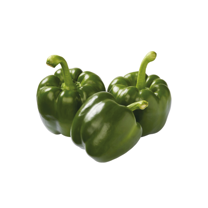
Green Bell Peppers
Crisp, vibrant, and harvested early, green bell peppers offer fast crop turnover and steady demand across fresh markets. Their firm texture and clean, mildly bitter flavor make them a versatile kitchen staple—and a reliable performer in controlled greenhouse environments. An ideal choice for growers looking to maximize yield cycles with predictable quality.
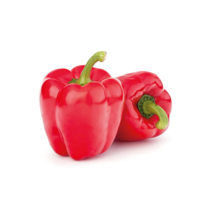
Red Bell Peppers
Deeply sweet and rich in color, red bell peppers are harvested at full maturity for maximum flavor—and premium pricing. This crop requires a bit more ripening time, but in a well-regulated Dutch greenhouse, that time turns into value. For growers aiming to stand out with high-quality, high-Brix produce, red is the bold choice.
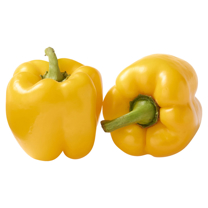
Yellow Bell Peppers
With their subtle sweetness and golden glow, yellow bell peppers bring a premium touch to any produce lineup. Their smooth ripening process and strong visual appeal make them a favorite in retail and culinary markets. In a Dutch greenhouse, they thrive under precision climate settings, delivering consistent size, color, and market value.

Orange Bell Peppers
Sweet, tropical, and bursting with color, orange bell peppers are the eye-catcher of any assortment. Their balanced taste and vibrant hue make them popular in fresh packs and mixed trays. With the help of GrowPro’s climate control and optimized fertigation, growers can count on uniform ripening and strong market differentiation.
Configuration for Bell Pepper Production
Greenhouse Models:
- GrowPro Expert: Compact and cost-efficient, ideal for up to 2 acres of production to enter the market.
-
GrowPro Plus: Designed for scaling towards full-scale production. Full height allows for greater light entry, headspace, and ventilation integration.
Growing Peppers:
-
Average Yield: ~30 kg/m²/year (6.1 lbs/sq.ft.)
-
Fruit Size: 160–220g (5.6–7.8 oz), depending on color and variety
-
Labor: Low-Moderate—weekly harvesting, leaf picking, and occasional pruning
-
Color Timing:
-
Green: early harvest
-
Red, Yellow, Orange: additional ripening time required
-
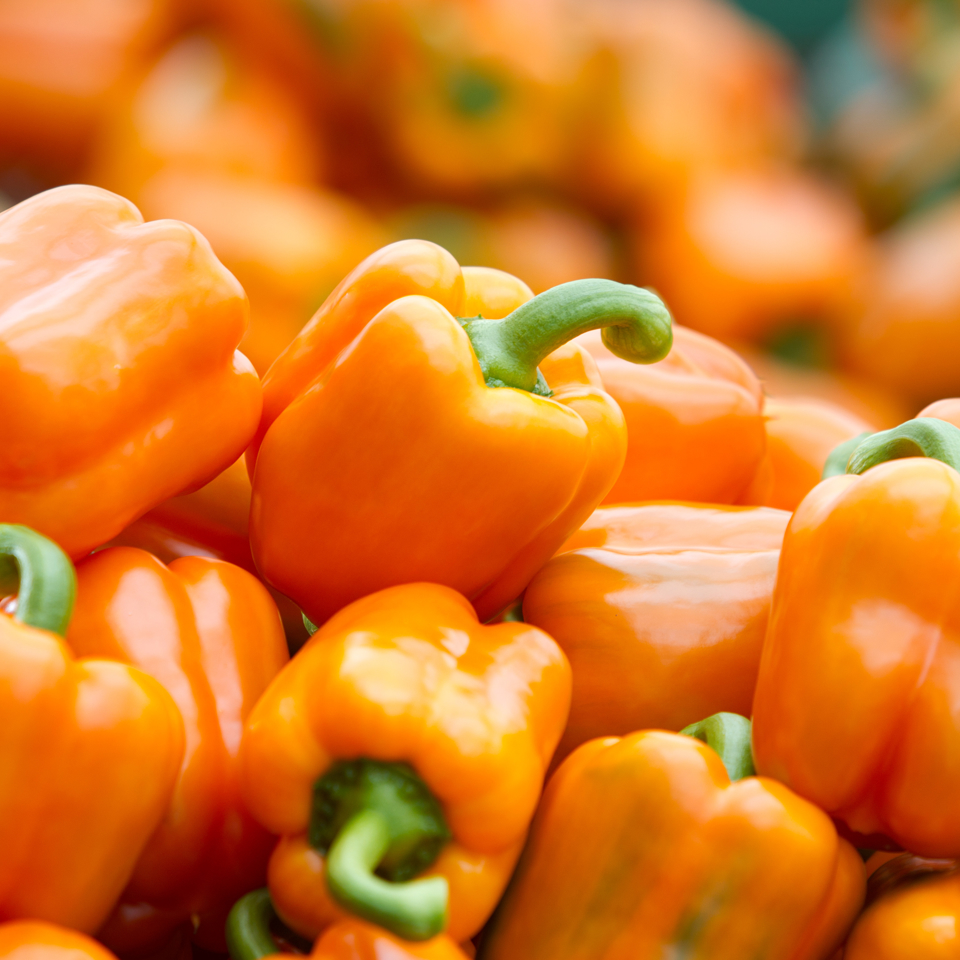
Bell Pepper Varieties at a Glance
| Color | Avg. Fruit Size | Yield | Ripening Speed | Market Use |
|---|---|---|---|---|
| Green | 180–220g | High | Fast | Bulk retail, slicing |
| Red | 160–200g | Medium | Slow (ripens fully) | Premium fresh packs, retail |
| Yellow | 160–200g | Slightly Lower | Moderate | Mixed color packs, retail |
| Orange | 160–200g | Slightly Lower | Moderate | Niche/premium color branding |
Why Peppers? A Stable Choice
Bell peppers are a favorite for operations that prioritize stability over yield-chasing. In Westland, it's said you can add more light or labor, but you won't get more kilos—only higher quality. This makes peppers ideal for growers who want predictable output and consistent quality, without the intensive steering required by tomatoes or cucumbers.
Nutritional Value (per 100g)
| Color | Calories | Vitamin C (mg) | Vitamin A (IU) | Potassium (mg) |
| Green | 20 kcal | 80.4 | 370 | 175 |
| Red | 31 kcal | 127.7 | 3131 | 211 |
| Yellow | 27 kcal | 183.5 | 200 | 212 |
| Orange | 30 kcal | 130.0 | 2500 | 210 |
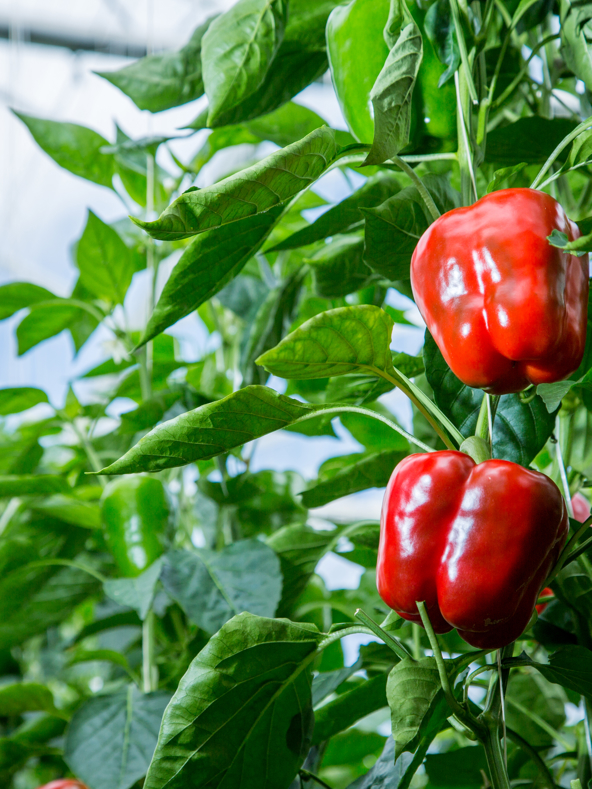
Frequently Asked Questions
Moderately. It involves weekly harvesting, plant support, leaf maintenance, and pest management. Labor demand is steady, not highly seasonal.
Green peppers yield the most due to earlier harvest. Colored types require more ripening time, lowering annual output.
Light intensity, humidity control, and careful CO₂ steering have the biggest impact on color development, skin firmness, and internal structure.
Unlike tomatoes, increasing inputs in peppers mainly enhances quality—not total yield. That’s why the crop is considered a stable, low-risk choice.
Yes, though it’s often more efficient to separate them by zone or bay to account for different ripening cycles and harvest timing.